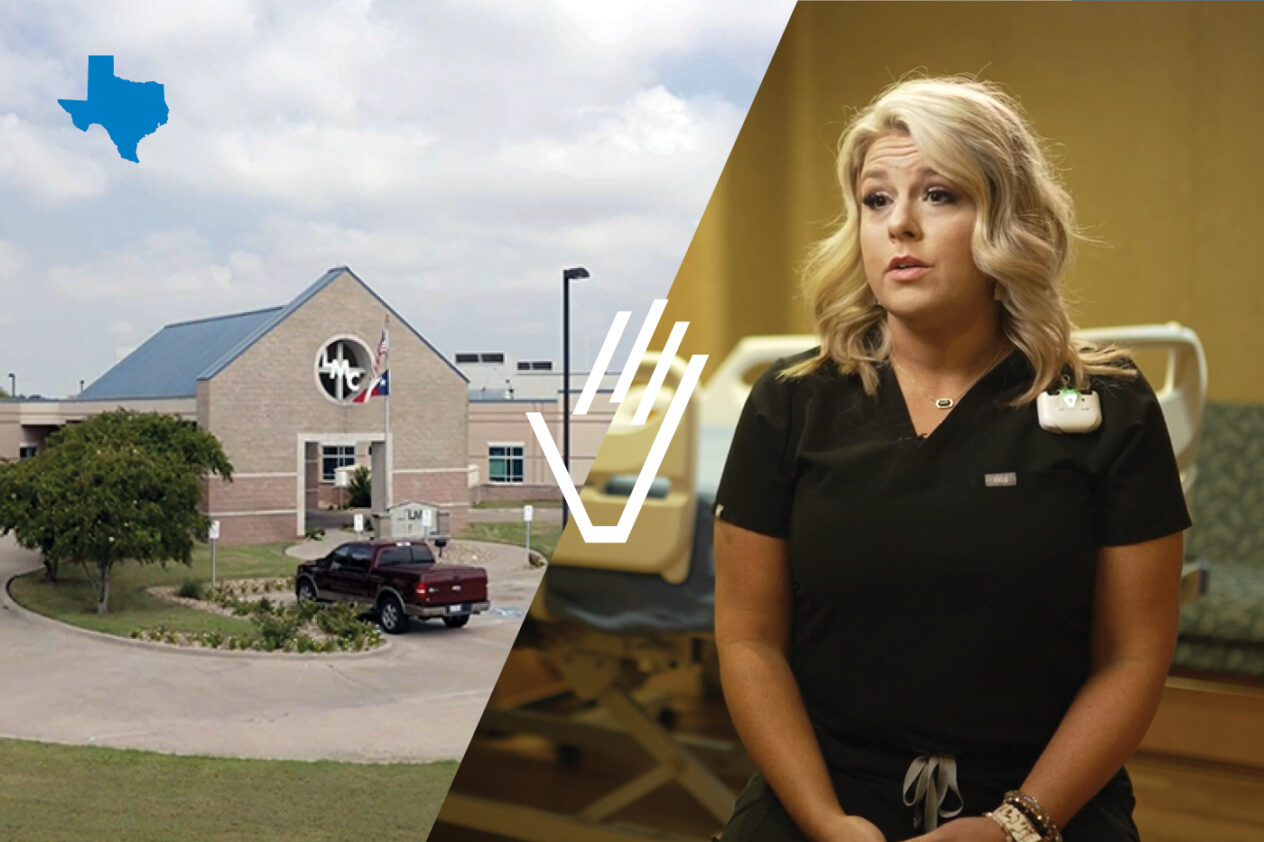How a small hospital made big improvements with electronic hand hygiene monitoring and data collection
It’s not enough to have data, if the data is not valid or reliable to be able to make informed decisions. Case in point: Limestone Medical Center, a 20-bed critical access hospital in Groesbeck, TX, about 40 miles east of Waco.
As part of patient safety and quality practices, the team at Limestone kept track of their hand hygiene behaviors. Proper handwashing is essential to preventing the spread of germs and infection, and the goal is to adhere to “best practice” hand hygiene protocols.
The staff at Limestone measured their hand hygiene compliance by manually observing whether it was performed. This not only provided inconsistent results but required extra time to observe and document information and resulted in roughly 7,000 observations per month facility-wide – a fraction of the number of actual hand hygiene occurrences.
Corey Tunnell, RN, CIC, the infection prevention officer for Limestone, advocated for an electronic hand hygiene monitoring system to better measure hand hygiene behavior and gain insight on where the opportunities for improvement were.
Looking at Options
“We tried various methods for recording hand hygiene behavior, including paper tallys, secret shopper efforts and direct observation, but none of those methods provided enough objective, valid data, and they were all extremely time consuming,” said Tunnell.
Tunnell and her team researched several options, looking for systems that would align with the workflows, sanitizing products, and information technology already being used at Limestone. They selected the BioVigil hand hygiene solution.
“We liked that BioVigil works with any soap or hand sanitizer dispenser. We didn’t have to change brands. And there was no additional data server or IT equipment to purchase. The cost analysis was favorable,” said Tunnell.
Instant Increase in Reliable Data
Within the first month of using BioVigil, Limestone Medical Center had nearly 70,000 hand hygiene observations recorded – a 900% increase!
Tunnell says the hand hygiene data showed a high cross contamination rate. The infection prevention team was able to drill down through the data to see where the cross contamination was coming from and educate the appropriate staff members on how to correct their procedure.
“We found that the cross contamination was linked to environmental service workers who were not changing their gloves between each patient room. We could follow each worker’s entry and exit behavior from room to room, and that allowed us to identify individual workers who were non-compliant and educate them one-on-one to improve their processes,” said Tunnell.
Now, the cross-contamination rate at Limestone Medical Center is extremely low, usually between 0.5 and 1 percent. Last month, the rate was 0.2 percent. Their hand hygiene compliance rate remains above 95%.
Education and Positive Feedback Key to Engagement
Tunnell says getting buy-in from the staff was essential to a successful rollout. Her team worked with staff in all patient care areas to get their feedback and their ideas for fitting the BioVigil process into their department’s workflow.
“We kept it positive, not punitive,” said Tunnell. “We listened to staff feedback, offered individual education, and sent handwritten appreciation notes to top performers. We even handed out prizes. Working together, we were able to engage staff in the hand hygiene process and maintain strong participation.”
Another bonus is the accountability that comes with the color-changing badges. Patients and visitors can see a green light on the health care worker’s BioVigil badge and know that they have properly cleaned their hands.
“I highly recommend BioVigil, because of the low overhead, low maintenance, ease of the data suite, and it’s so easy for our end users,” said Tunnell. “It is quite honestly the simplest thing I’ve had to deploy as an infection preventionist.”

